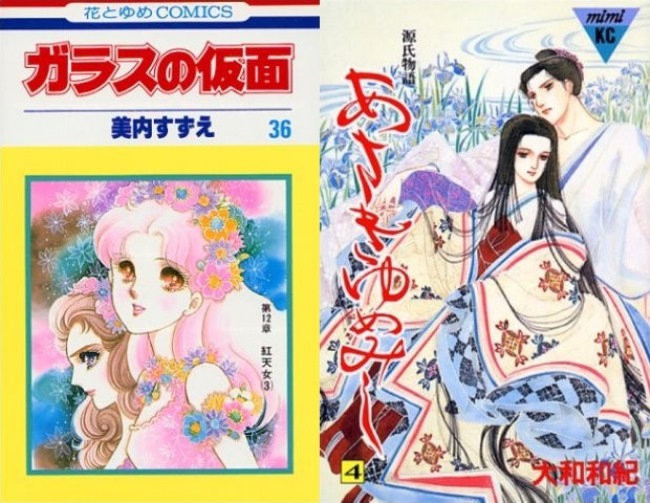
Here’s part two of our series on girls’ manga that have withstood the test of time!
In part one of this two-part series, I shared two shoujo manga (girls’ comics) that have remained popular through the decades and that I have enjoyed thoroughly as a reader. In part two, I’ve selected two more shoujo manga that have long been dear to me and that I feel are worth a read — one an epic story about a talented actress and the other based on one of the most well-known works of Japanese literature.
3. Glass Mask (Garasu no Kamen)
The next manga on my list, Glass Mask, is an extremely long-running, well-known comic that the majority of the Japanese public will have heard of, even if they haven’t actually read it. The comic, created by Suzue Miuchi and serialized in Hana to Yume magazine from 1975 and later in Bessatsu Hana to Yume magazine from 2008. What’s amazing about this series is that after 40 years, it’s still going! While the longevity of the series can be attributed to the slow pace at which the work has been published — largely due to the fact that Miuchi completely rewrites her work between when it appears in the magazine and when it is published as individual comic volumes (meaning the comics have entirely different content from what was serialized in the magazine) — it’s still incredible that a comic has held the attention of readers for such a long time.
▼ To date, 49 volumes of the comic have been published, the last of which was released in October of 2012, and fans are still patiently waiting for the next book to come out.
The story of the Glass Mask centers around the young Maya Kitajima, who has an all-consuming passion and exceptional talent for acting. It chronicles her trials as an aspiring actress and her rivalry with the beautiful and multi-talented Ayumi Himekawa, both of whom hope to eventually play the legendary role of Kurenai Tennyo (The Crimson Goddess), the incarnation of the spirit of a thousand-year-old red plum tree. Being an extremely complex and difficult character to portray, the play of Kurenai Tennyo has not been performed for many years for lack of an actress capable of playing the part.
What makes the story interesting and a bit different from your typical shoujo manga is that Maya isn’t particularly beautiful or outstanding in any way except for her prodigious acting abilities, which is in stark contrast to the character of Ayumi, who is stunningly beautiful and the daughter of a famous actress and prominent director/producer — a born heroine, you could say.
▼ The competition between Maya and Ayumi is a central theme in the series, and, while rivals, the two end up developing a huge amount of respect for each other.
And more than anything, the greatest attraction of the of the series for me is the numerous in-comic theatrical performances we are treated to as we follow Maya’s career. Aside from the sheer number and variety of plays we get to see, the way they are depicted in detail makes for some of the most entertaining fiction I’ve read — manga or otherwise. Many of the enacted plays are original stories of Miuchi’s creation, which really is impressive, while some are based on actual well-known literary works. In these performances, Maya plays some truly colorful and interesting characters, ranging from a noble Italian lady- turned-pirate (“Bianca the Lady Pirate”) to a half-savage girl raised in the wild by wolves (“The Forgotten Wilderness”) and even Helen Keller (“The Miracle Worker”). In fact, it’s a testament to how masterfully Miuchi has presented these in-comic plays that at least one of them, Bianca the Lady Pirate, has been commercially performed as an actual stand-alone play (and apparently quite well-received too).
▼ Maya also plays some well-known roles from actual works, like young Catherine from Emily Brontë’s Wuthering Heights…
▼…and the fairy Puck from Shakespeare’s A Midsummer Night’s Dream.
One of the most memorable performances in the manga was that of “The Two Princesses”, in which Maya and Ayumi play royal half-sisters caught in a bitter battle for power. The story is said to be loosely inspired by the historical struggle between England’s Elizabeth I and Mary, Queen of Scots, but the plot is original, and the tale of bloody royal intrigue and romance should absolutely engross readers.
▼ And here’s an image of what the Crimson Goddess might look like on stage.
Yes, readers of Glass Mask are in for an amazing journey that will take them through multiple stories involving a diverse cast of characters from different backgrounds and time periods. The only concern among fans is whether we will get to see the comic completed in a reasonable timeframe. Miuchi-sensei, please give us an ending so we can hopefully see Maya play the Crimson Goddess!
4. Asaki Yumemishi (Tale of Genji)
The fourth and last manga on my list is a classic in the truest sense of the word, since it’s a fairly faithful comic adaptation of a work that was written roughly 1,000 years ago. Asaki Yumemishi, the manga adaptation by Waki Yamato of the Japanese literary classic The Tale of Genji, was published in the mimi and mimi Excellent magazines from 1979 to 1993.
▼ The original 13 volume series: beautiful to look at and educational too, since it basically covers the entire story of The Tale of Genji, written in the early 11th century by the noblewoman Murasaki Shikibu.
One of the best parts about the series, at least for me, is the visual appeal of the artwork, including the beautiful cast of characters and the gorgeous period costumes of the Japanese nobility during the Heian Period (794-1185). Most prominent, of course, is the protagonist Hikaru Genji, who is one of the Emperor’s sons and whose name means “shining Genji”. Sometimes called Hikaru-kimi (“He who Shines”), he’s described as being so beautiful that the ladies of the court say that he really does shine like his name, and Yamato’s manga depiction doesn’t disappoint.
▼ Yamato’s Hikaru Genji is stunning and thoroughly worthy of being described as “shining”. It’s no wonder he has the ladies around him swooning.
▼ Even the men’s costumes are gorgeous, decorated with intricate embroidered patterns.
Of course, The Tale of Genji is all about Genji’s numerous love affairs, but the original work by Murasaki Shikibu is written in an ancient Japanese that is unreadable today, so the manga format makes the long story, with its huge list of characters, much easier to follow and understand.
In fact, many Japanese manga readers, including myself, owe their knowledge of The Tale of Genji to Yamato’s manga. Personally, if I were to read a modern novelized version of the classic, I would probably never be able to keep track of the side stories associated with the many women in Genji’s life, but in manga form, the plot is not only enjoyable, but even many years after first reading the comic, I’m able to recall relatively clear images of the different characters.
▼ Here’s Genji with one of the great loves of his life, the young Murasaki no Ue.
▼ Yes, many women gain Genji’s love over the course of the story, and although he tries to be genuine in his affections for them, many hearts are broken in the process as well.
▼ Oh, but the lovely gowns of the Heian court are dazzling! It does leave you wondering though, how the women of the time were able to handle wearing so many layers.
An engaging story about a glittering court centered around a beautiful member of the royalty and the memorable cast of women Genji is involved with, not to mention the fact that you get to acquaint yourself with a piece of famous classic Japanese literature — all that makes Asaki Yumemishi a work worth reading for any manga fan!
So, that’s my selection of four shoujo manga that have continued to captivate readers over the years. What did you think of the comics? If you get the chance to read them, or if there are others you think should definitely be on the list, be sure to share with us!
Top image: Amazon, Amazon Japan
Related: Amazon (Glass Mask), Amazon (Asaki Yumemishi)

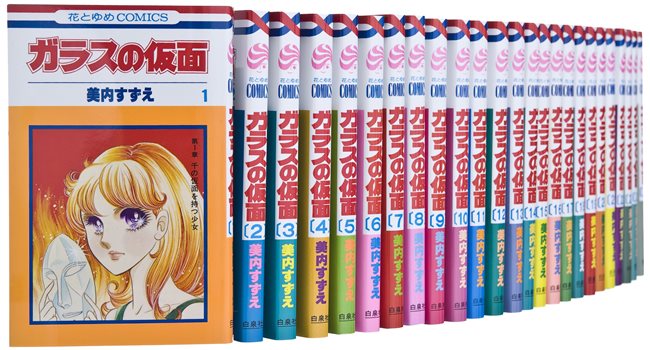
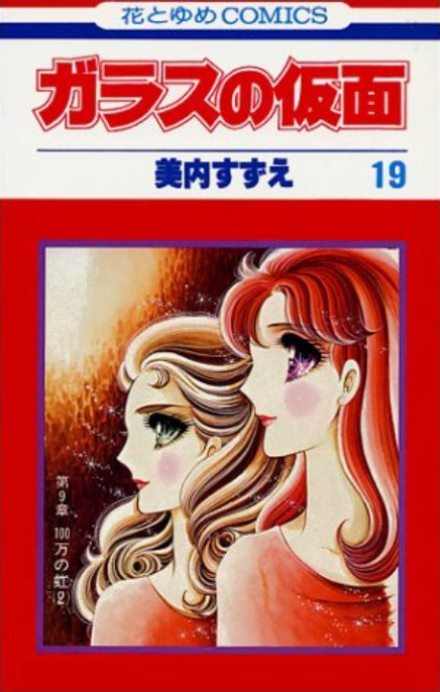
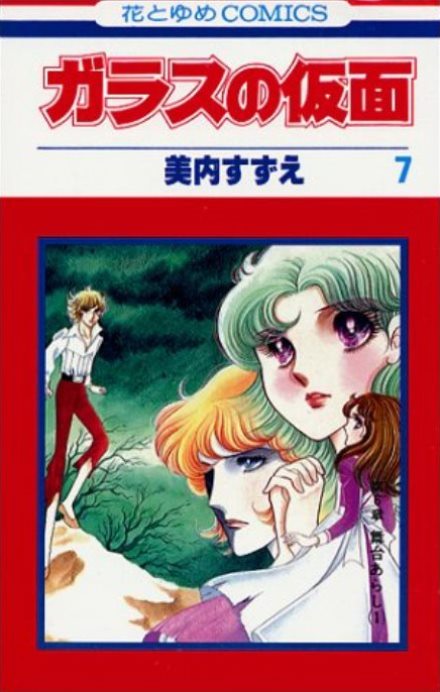

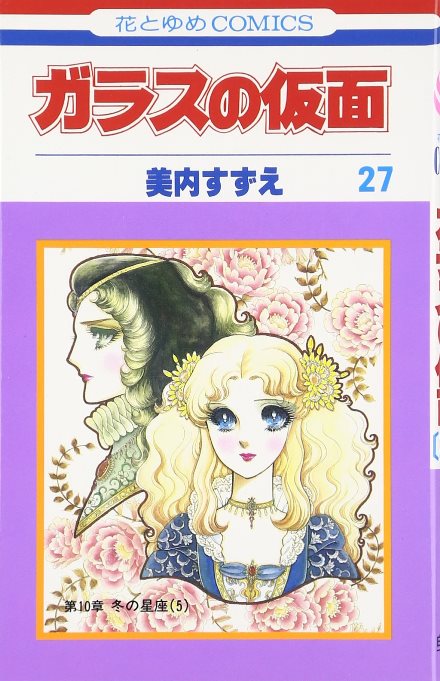
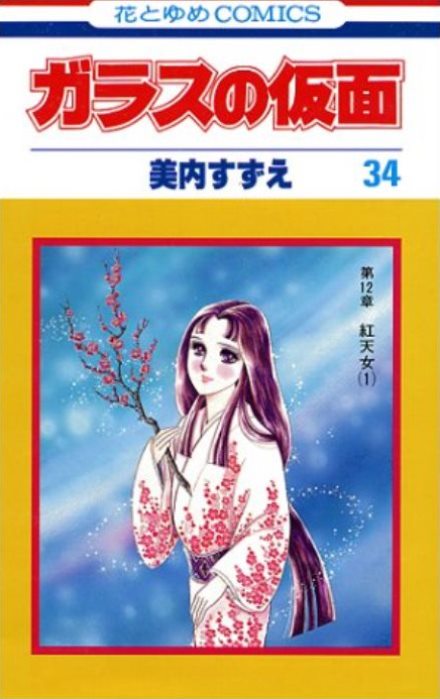
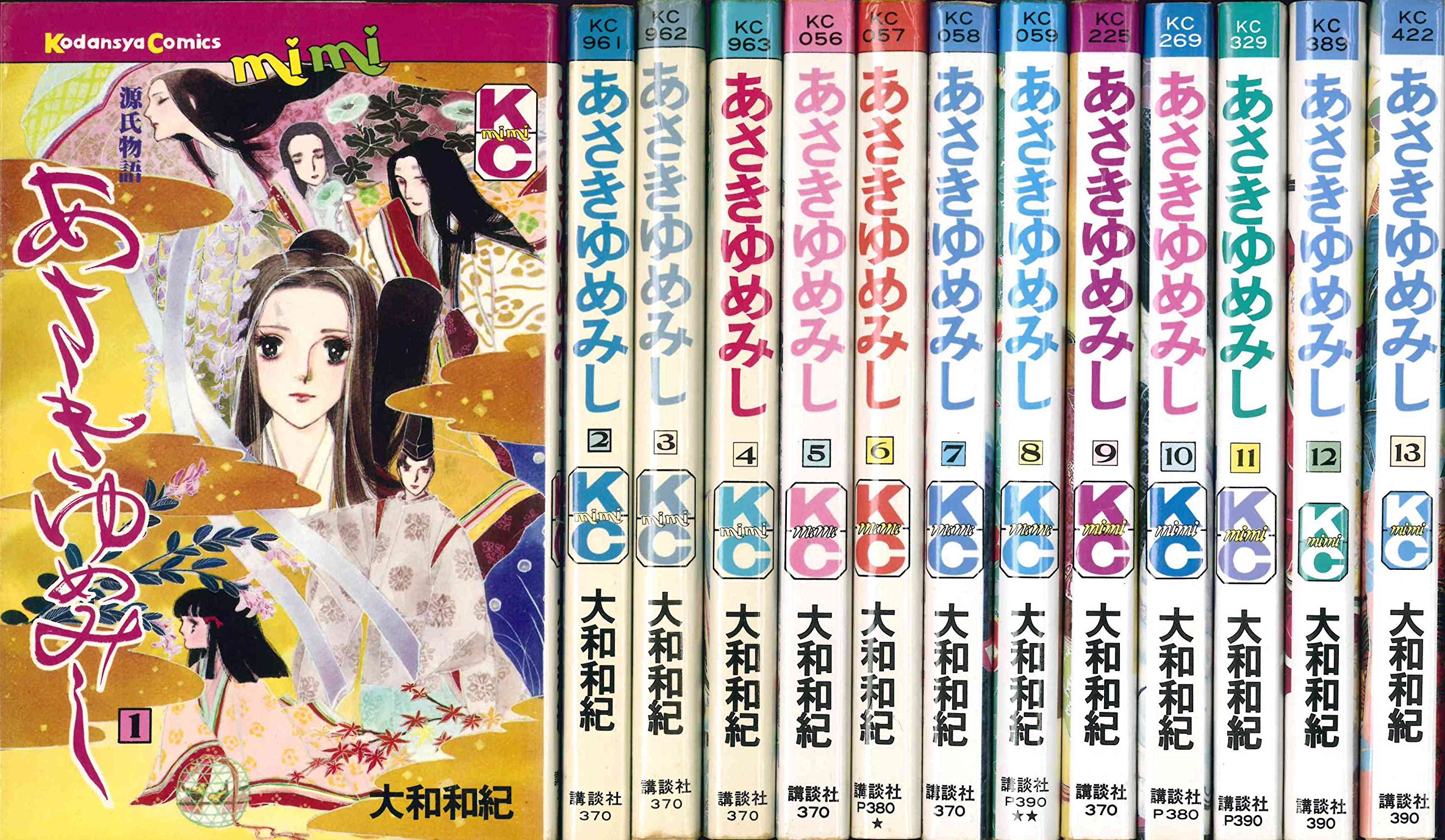
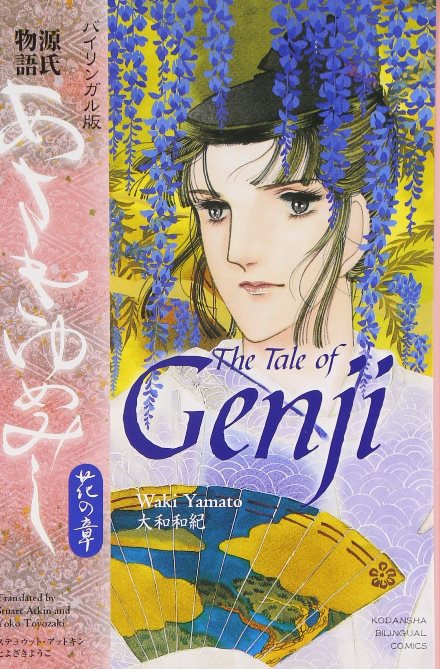
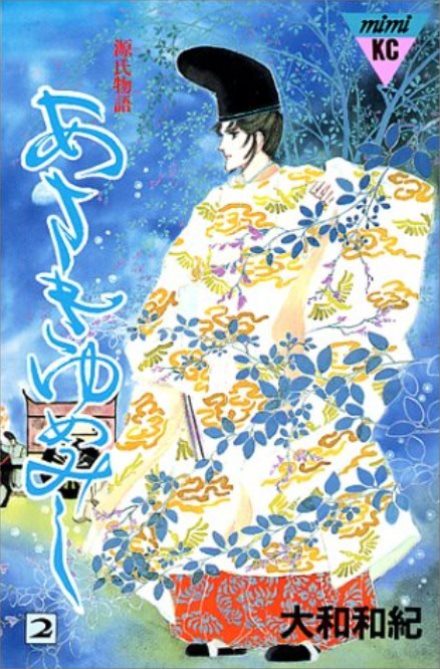
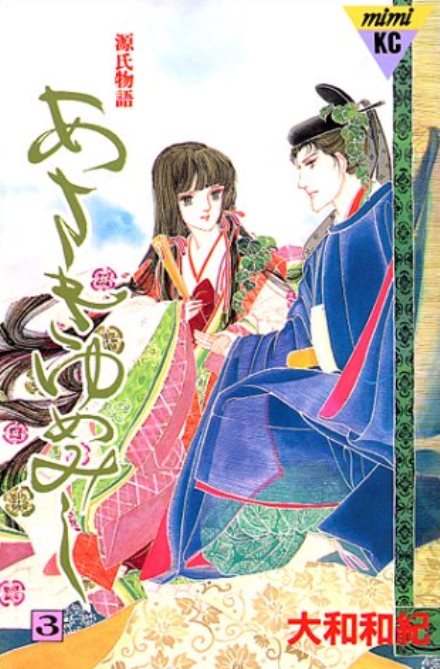
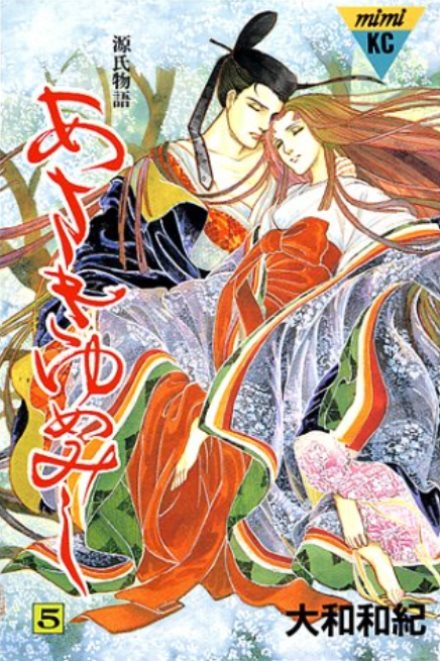

 Girl Manga Power! Timeless shoujo manga that shine through the decades【Part I】
Girl Manga Power! Timeless shoujo manga that shine through the decades【Part I】 Japanese beef bowl chain Sukiya’s 2026 Smile Box lucky bag basically pays for itself
Japanese beef bowl chain Sukiya’s 2026 Smile Box lucky bag basically pays for itself Starbucks Japan ready to get Year of the Horse started with adorable drinkware and plushies【Pics】
Starbucks Japan ready to get Year of the Horse started with adorable drinkware and plushies【Pics】 Tokyo Metro adds platform display showing where least crowded parts of the next train will be
Tokyo Metro adds platform display showing where least crowded parts of the next train will be Sega’s Like a Dragon yakuza teaches “useless” English, let’s use it to learn some useful Japanese
Sega’s Like a Dragon yakuza teaches “useless” English, let’s use it to learn some useful Japanese Do 7-Eleven Japan’s new back-to-budget-friendly-basics rice bowls make us happy?【Taste test】
Do 7-Eleven Japan’s new back-to-budget-friendly-basics rice bowls make us happy?【Taste test】 7-Eleven Japan starts new temporary luggage storage service in over 300 branches
7-Eleven Japan starts new temporary luggage storage service in over 300 branches 7-Eleven Japan’s ramen-cooking robot whipped us up a bowl of noodles【Taste test】
7-Eleven Japan’s ramen-cooking robot whipped us up a bowl of noodles【Taste test】 Japanese Cabinet to officially announce new romanization spelling recommendation next week
Japanese Cabinet to officially announce new romanization spelling recommendation next week More people in Japan quit sending New Year’s cards and many have started to regret it
More people in Japan quit sending New Year’s cards and many have started to regret it Japanese woman mistaken for bear
Japanese woman mistaken for bear Hayao Miyazaki says Happy New Year to Studio Ghibli fans with new art for Year of the Horse
Hayao Miyazaki says Happy New Year to Studio Ghibli fans with new art for Year of the Horse 7 great places to see Mt. Fuji from without having to climb it
7 great places to see Mt. Fuji from without having to climb it We found possibly the quietest Japanese-style hotel in Tokyo’s bustling Shinjuku district
We found possibly the quietest Japanese-style hotel in Tokyo’s bustling Shinjuku district Cup Noodle tries an authentic Jiro-style ramen, but something’s not quite right
Cup Noodle tries an authentic Jiro-style ramen, but something’s not quite right Hello Kitty Choco Egg figures are an adorable trip through three periods of Japanese pop culture【Pics】
Hello Kitty Choco Egg figures are an adorable trip through three periods of Japanese pop culture【Pics】 Japan’s oldest largetooth sawfish in captivity back on display in Mie Prefecture
Japan’s oldest largetooth sawfish in captivity back on display in Mie Prefecture Cyberpunk anime meets traditional culture in Ghost in the Shell gold leaf Japanese changing screens
Cyberpunk anime meets traditional culture in Ghost in the Shell gold leaf Japanese changing screens The best Starbucks Japan Frappuccinos we want to drink again in 2026
The best Starbucks Japan Frappuccinos we want to drink again in 2026 We revisited Sweets Paradise after a decade to see if Japan’s dessert buffet still delivers
We revisited Sweets Paradise after a decade to see if Japan’s dessert buffet still delivers Disillusionment at Tsukiji’s tourist-target prices led us to a great ramen restaurant in Tokyo
Disillusionment at Tsukiji’s tourist-target prices led us to a great ramen restaurant in Tokyo Starbucks teams up with 166-year-old Kyoto doll maker for Year of the Horse decorations【Photos】
Starbucks teams up with 166-year-old Kyoto doll maker for Year of the Horse decorations【Photos】 Tokyo considering law requiring more trash cans following litter increase in heavily touristed area
Tokyo considering law requiring more trash cans following litter increase in heavily touristed area Tokyo’s Tsukiji sushi neighborhood asks tour groups to stay away for the rest of the month
Tokyo’s Tsukiji sushi neighborhood asks tour groups to stay away for the rest of the month Tokyo event lets you travel back in time, for free, to celebrate 100 years since Showa era start
Tokyo event lets you travel back in time, for free, to celebrate 100 years since Showa era start Sanrio theme park in Japan announces plans to expand into a Sanrio resort
Sanrio theme park in Japan announces plans to expand into a Sanrio resort Japan may add Japanese language proficiency, lifestyle classes to permanent foreign resident requirements
Japan may add Japanese language proficiency, lifestyle classes to permanent foreign resident requirements Stamina-destroying “Paralysis Noodles” are Tokyo’s newest over-the-top ramen innovation
Stamina-destroying “Paralysis Noodles” are Tokyo’s newest over-the-top ramen innovation Survey asks foreign tourists what bothered them in Japan, more than half gave same answer
Survey asks foreign tourists what bothered them in Japan, more than half gave same answer Japan’s human washing machines will go on sale to general public, demos to be held in Tokyo
Japan’s human washing machines will go on sale to general public, demos to be held in Tokyo Japan’s deadliest food claims more victims, but why do people keep eating it for New Year’s?
Japan’s deadliest food claims more victims, but why do people keep eating it for New Year’s? We deeply regret going into this tunnel on our walk in the mountains of Japan
We deeply regret going into this tunnel on our walk in the mountains of Japan Studio Ghibli releases Kodama forest spirits from Princess Mononoke to light up your home
Studio Ghibli releases Kodama forest spirits from Princess Mononoke to light up your home Major Japanese hotel chain says reservations via overseas booking sites may not be valid
Major Japanese hotel chain says reservations via overseas booking sites may not be valid Put sesame oil in your coffee? Japanese maker says it’s the best way to start your day【Taste test】
Put sesame oil in your coffee? Japanese maker says it’s the best way to start your day【Taste test】 No more using real katana for tourism activities, Japan’s National Police Agency says
No more using real katana for tourism activities, Japan’s National Police Agency says Starbucks Japan reveals new sakura drinkware collection, inspired by evening cherry blossoms
Starbucks Japan reveals new sakura drinkware collection, inspired by evening cherry blossoms Updated cherry blossom forecast shows extra-long sakura season for Japan this year
Updated cherry blossom forecast shows extra-long sakura season for Japan this year
Leave a Reply